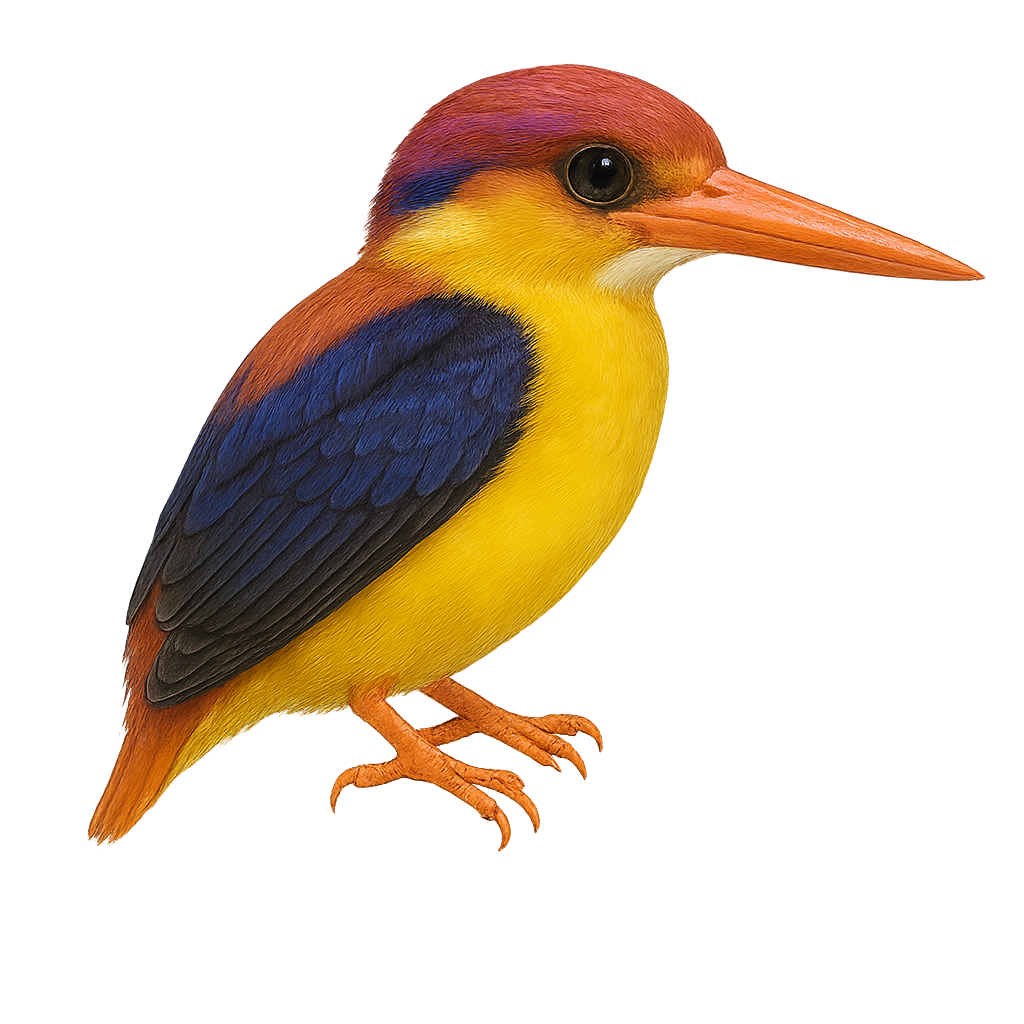Your wildlife photography guide.
Explore the rufous-backed dwarf kingfisher in detail, study its behavior, prepare your shots.
Where to observe and photograph the rufous-backed dwarf kingfisher in the wild
Learn where and when to spot the rufous-backed dwarf kingfisher in the wild, how to identify the species based on distinctive features, and what natural environments it inhabits. The WildlifePhotographer app offers tailored photography tips that reflect the rufous-backed dwarf kingfisher’s behavior, helping you capture better wildlife images. Explore the full species profile for key information including description, habitat, active periods, and approach techniques.
Rufous-backed Dwarf Kingfisher
Scientific name: Ceyx rufidorsa

IUCN Status: Least Concern
Family: ALCEDINIDAE
Group: Birds
Sensitivity to human approach: Suspicious
Minimum approach distance: 10 m
Courtship display: March to April
Incubation: 20-22 jours
Hatchings: March to May
Habitat:
Tropical forests, rivers, mangroves
Activity period :
Primarily active during the day, with peak activity in the morning and late afternoon.
Identification and description:
The Rufous-backed Dwarf Kingfisher, Ceyx rufidorsa, is a small, vibrantly colored bird found in the tropical forests of Southeast Asia. It is easily recognizable by its bright red back and wings tinged with shades of blue and purple. This kingfisher measures about 13 cm in length and weighs between 14 and 17 grams. It primarily inhabits dense forests near water bodies, where it hunts small fish, insects, and crustaceans. Its hunting technique is impressive, diving swiftly into the water to catch its prey. Although discreet, its high-pitched, repetitive call can be heard through the canopy.
Recommended lens:
400mm – adjust based on distance, desired framing (portrait or habitat), and approach conditions.
Photography tips:
To photograph the Rufous-backed Dwarf Kingfisher, it is advisable to use a 400mm or longer telephoto lens to capture detailed images without disturbing the bird. Approach slowly and maintain a distance of at least 10 meters to avoid startling it. Look for it near water bodies in tropical forests, where it often perches on low branches. Be patient and wait for it to dive for prey, as this is when you can capture spectacular shots of its hunting behavior.
The WildlifePhotographer App is coming soon!
Be the first to explore the best nature spots, track rutting seasons, log your observations, and observe more wildlife.
Already 1 432 wildlife lovers subscribed worldwide

